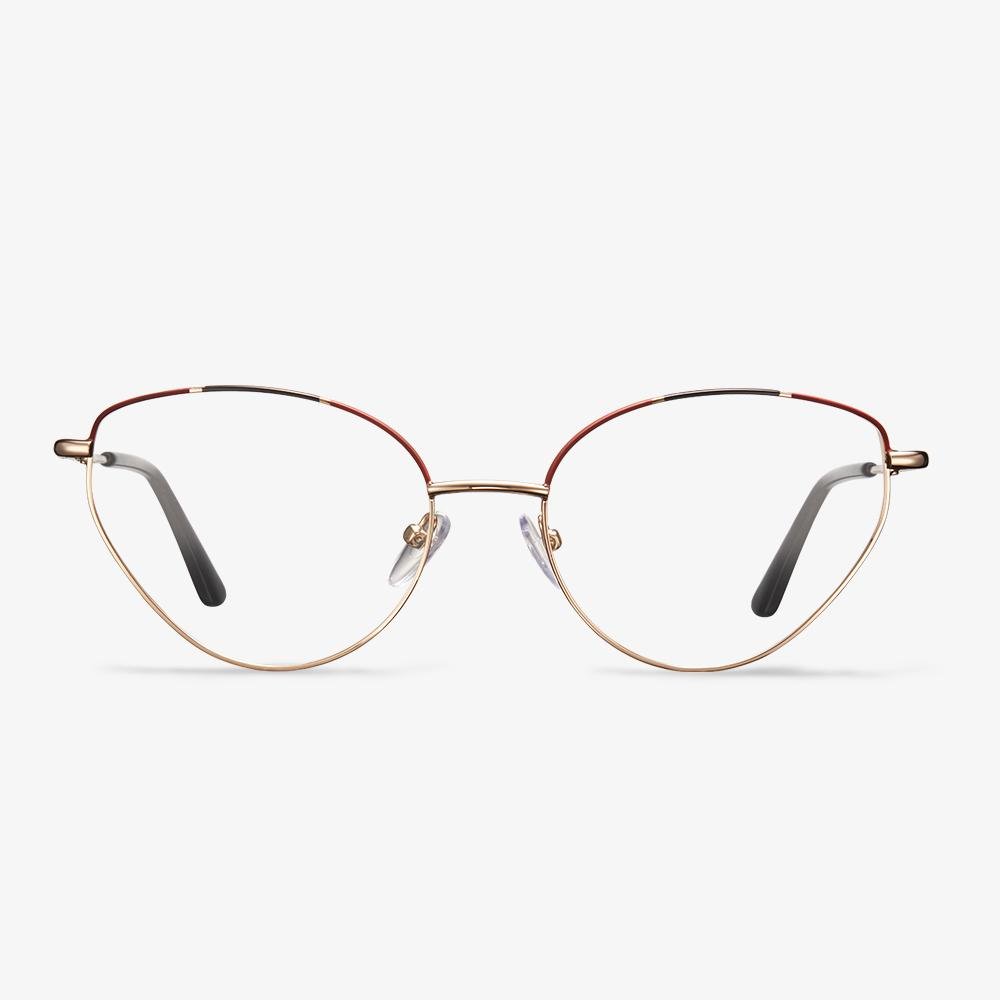Superlite titanium rimless collection
The SuperLite Titanium rimless series is provided by super strong titanium, stainless steel, and TR90 acetate plastic, combining all the best glasses in the world. Titanium is stronger and lighter than regular metal, making your rimless glasses more durable and comfortable to wear. Rimless glasses, no matter their shape or color, give people an elegant, mature feeling, and you are sure to find your perfect style here. The SuperLite Rimless Series have a very flexible system for rimless glasses from strength to strength with the new model.
How Do Adjustable Glasses Work?
Adjustable glasses are featured with the fluid-filled lens technology that lets you adjust the power of the lens based on the correction level you need. You can twist the dial until you can see clearly. So, adjustable glasses are also called dial vision glasses.
Each of the lenses on adjustable glasses has a membrane that moves outward or inward based on how much fluid the lens contains. The liquid comes from a small syringe connected to each arm of the glasses. You move the dial to pump fluid in or out of the lens. As fluid enters the lens, the lens’s power increases. This can correct farsightedness. Pumping the fluid out can correct nearsightedness.
The principle of adjustable glasses is the same as vision ability. You change the physical shape of the lens just as the physical shape of the eyeball so as to correct your vision.
Crystal clear eyeglasses
The trend is to make everything bright and clear. Frame shapes can be small and round or thick. Some have subtle colors like blue or gray, which makes the glasses look more jewel-like. Whichever you choose, a clear frame will help improve your style. Transparent, translucent frames have gone from being a bold fashion statement to a common, versatile option in the last few years, and now eyewear has more options than ever before. These frames vary from heavy traveler style to a more elegant corner frame to balance out your facial features. No matter what color or hue you choose, these clear frames show off your personality.
Benefits of Progressive Lenses
The lens looks like a single vision lens, with no dividing line between degrees. Not only is it beautiful in appearance, but more importantly, it protects the privacy of the wearer's age (for the wearer of reading glasses). There is no need to worry about showing the secret of the wearer's age by wearing the glasses. Because the degree is gradual, the replacement of the adjustment effect is increased step by step according to the shortening of the close distance. There is no adjustment fluctuation, which is not easy to cause visual fatigue. Clear vision can be achieved at all distances in the visual scope.
What kind of light is blue light?
Blue light is light of a certain wavelength. In the sunlight, including red light, orange light, yellow light, green light, blue light, indigo light, and purple light, blue light occupies a place. The wavelength of blue light is less than that of red light but greater than purple light. The energy intensity is also different, and the blue light is relatively less strong than red light. People must rely on the 'macula' to perceive light. The macula is a 'pearl' hidden in the fundus and the most important photosensitive part of the fundus. The macula can look at objects, generate electrical signals, and transmit the signals to the brain so that people can see the things in front of them clearly. Strong light shines directly on the eyes, and it is likely to cause damage to the macular structure at once.
Sales points of note for color changing lens
The discoloration rate of the lens is related to the intensity of ultraviolet light. The stronger the ultraviolet light is, the faster the discoloration rate will be, while the vice versa. The degree of discoloration is related to the ambient temperature. The higher the temperature is, the color of the lens is slightly lighter. Otherwise, the color is slightly darker. With the progress of manufacturing technology, the discoloration rate, especially the fading rate of the discoloration lens has been greatly improved, and the interference of temperature on the color depth is becoming less and less. Either glass or resin lenses react only with ultraviolet light, not visible light, so in some environments, they do not darken.
Design principle of aspheric lens
Early optical lenses use spherical lenses. Because the glasses were small round frames, the problem of lens edge aberration was not paid attention to. It wasn't until large frames became popular that the problem became apparent. For the spherical lenses, aberration cannot be corrected with the combined lens. Only a few variables of the lens can be found to reduce aberration and improve clarity. Aspheric lenses are designed to reduce the aberration of optical correction lenses and to make lenses flatter and reduce lens magnification. We can get clearer, thinner, lighter-quality lenses. Thus, aspheric lenses are used to reduce aberration and astigmatism to a minimum, close to the natural vision of the naked eye. The spherical aberration can be reduced by changing the curvature of the edge. The refraction in the central region is high and decreases evenly toward the edges.











































